Assertion (A) A wire bent into an irregular shape with the point P and Q fixed . If a current I passed through the Wire, then the area enclosed by the irregular portion of the Wire increases.
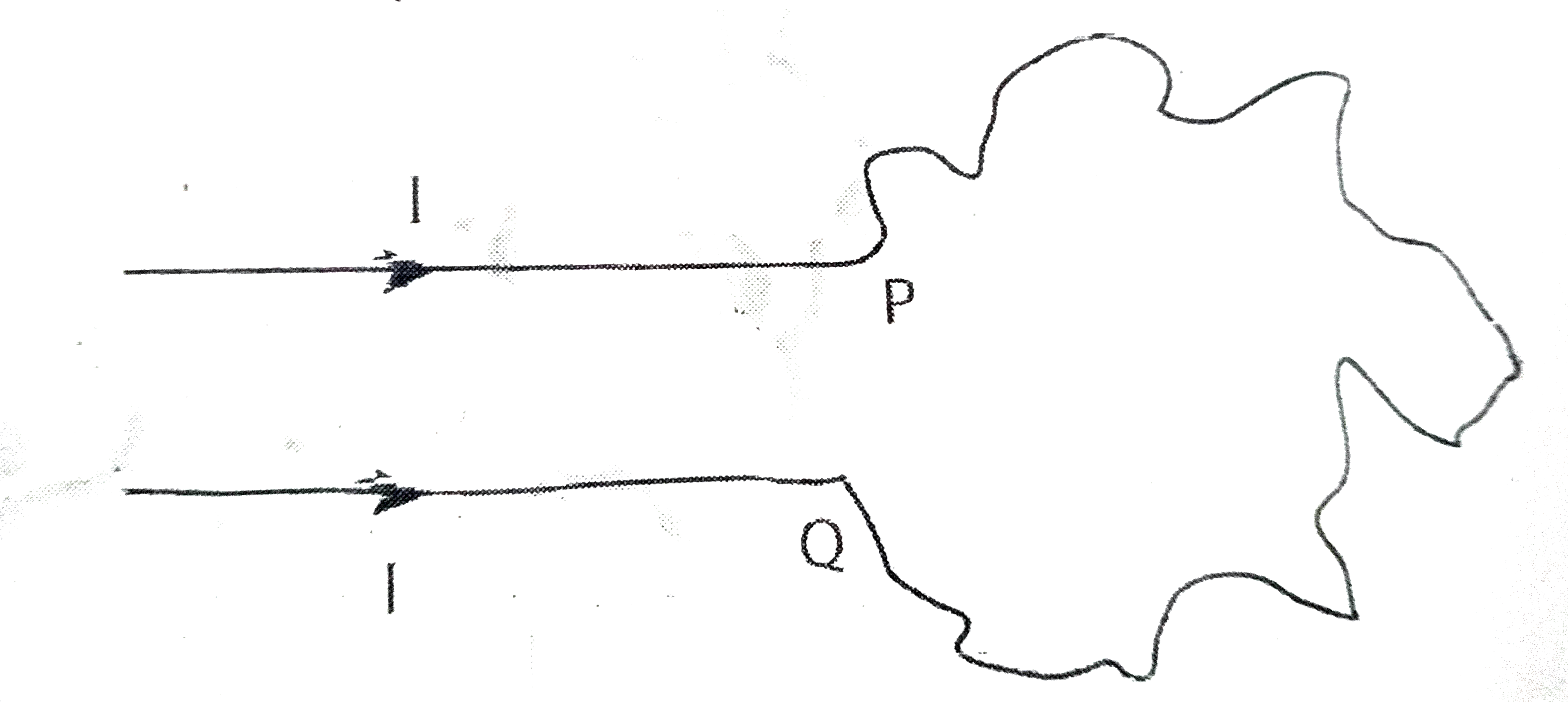
Reason (R ) Opposite currents carrying Wires repel each other.
If both Assertion and Reason are true and Reason is correct explanation of Assertion.
If both Assertion and Reason are true but Reason is not the correct explanation of Assertion.
If Assertion is true but Reason is false.
If both Assertion and Reason are false.
The correct Answer is:A
Step by step video & image solution for Assertion (A) A wire bent into an irregular shape with the point P and Q fixed . If a current I passed through the Wire, then the area enclosed by the irregular portion of the Wire increases. Reason (R ) Opposite currents carrying Wires repel each other. by Physics experts to help you in doubts & scoring excellent marks in Class 12 exams.
Updated on:21/07/2023Similar Questions
A loosely wound helix made of stiff metal wire is mounted vertically with the lower end just touching the mercury in a dish. When the current from a battery is started in the metal wire through the mercury. then the spring
View SolutionA wire is bent in the form of a circular arc of radius r with a straight portion AB. If the current in the wire is i, then the magnetic induction at point O is
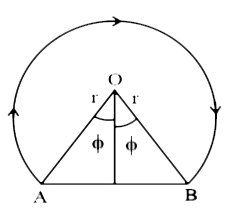
View SolutionA wire is bent in the form of a circular arc with a straight portion AB. Magnetic induction at O when current flowing in the wire, is
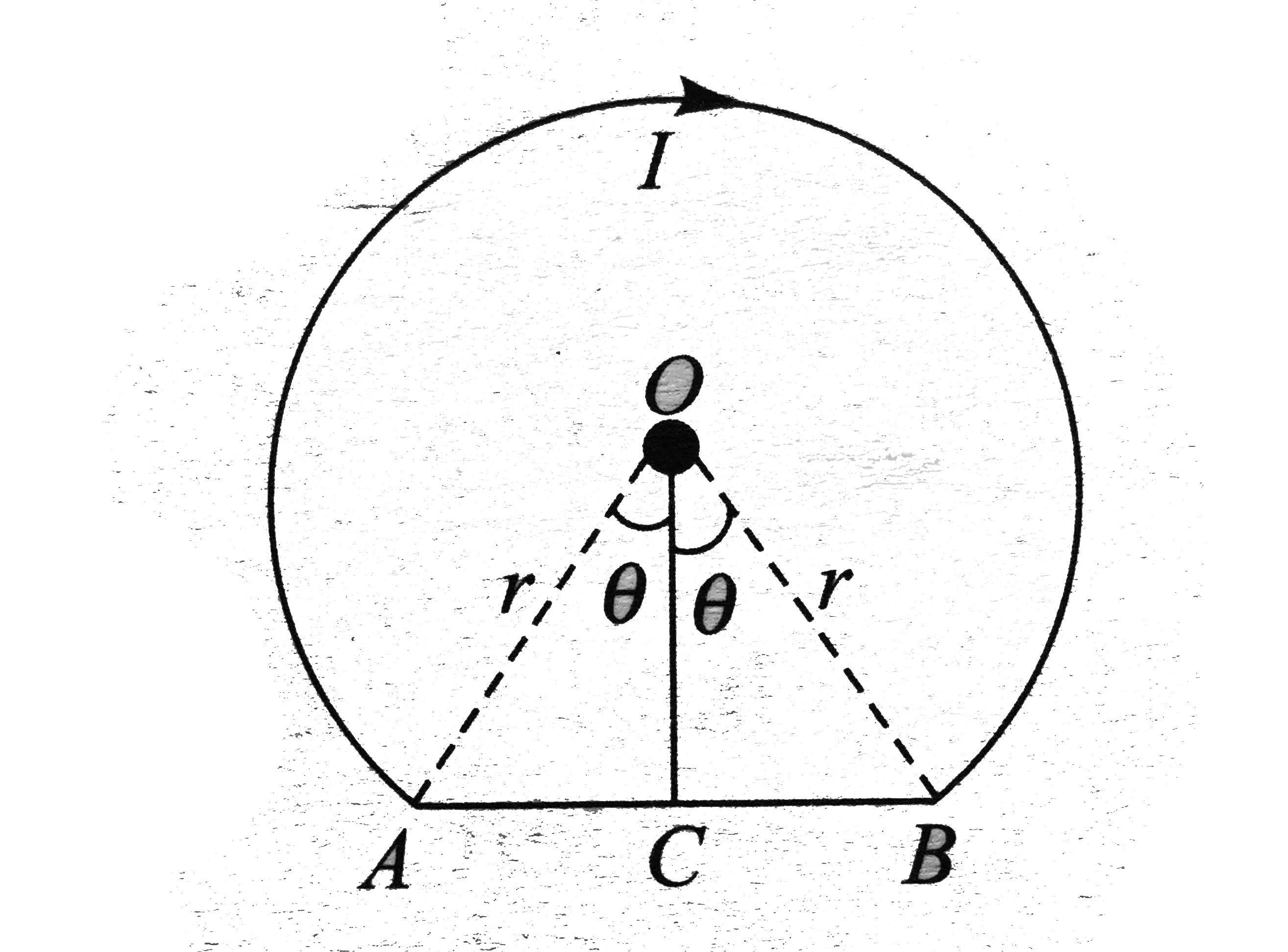
View SolutionThe magnetic induction at the point O, if the wire carries a current I, is
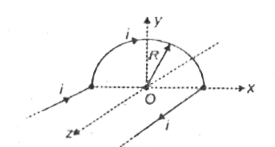
View SolutionThe specific resistance and area of cross section of the potentiometer wire are ρ' and A respectively. If a current i passes through the wire, its potential gradient will be
View SolutionA current -carrying loop of irregular shape is located in an external magnetic field. If the wire is flexible, why does it becomes circular?
View SolutionA long, straight wire carries a current. Is Ampere's law
valid for a loop that does not enclose the wire, or that
encloses the wire but is not circular?
View SolutionCalculate magnetic induction at point O if the wire carrying
a current I has the shape shown in Fig.
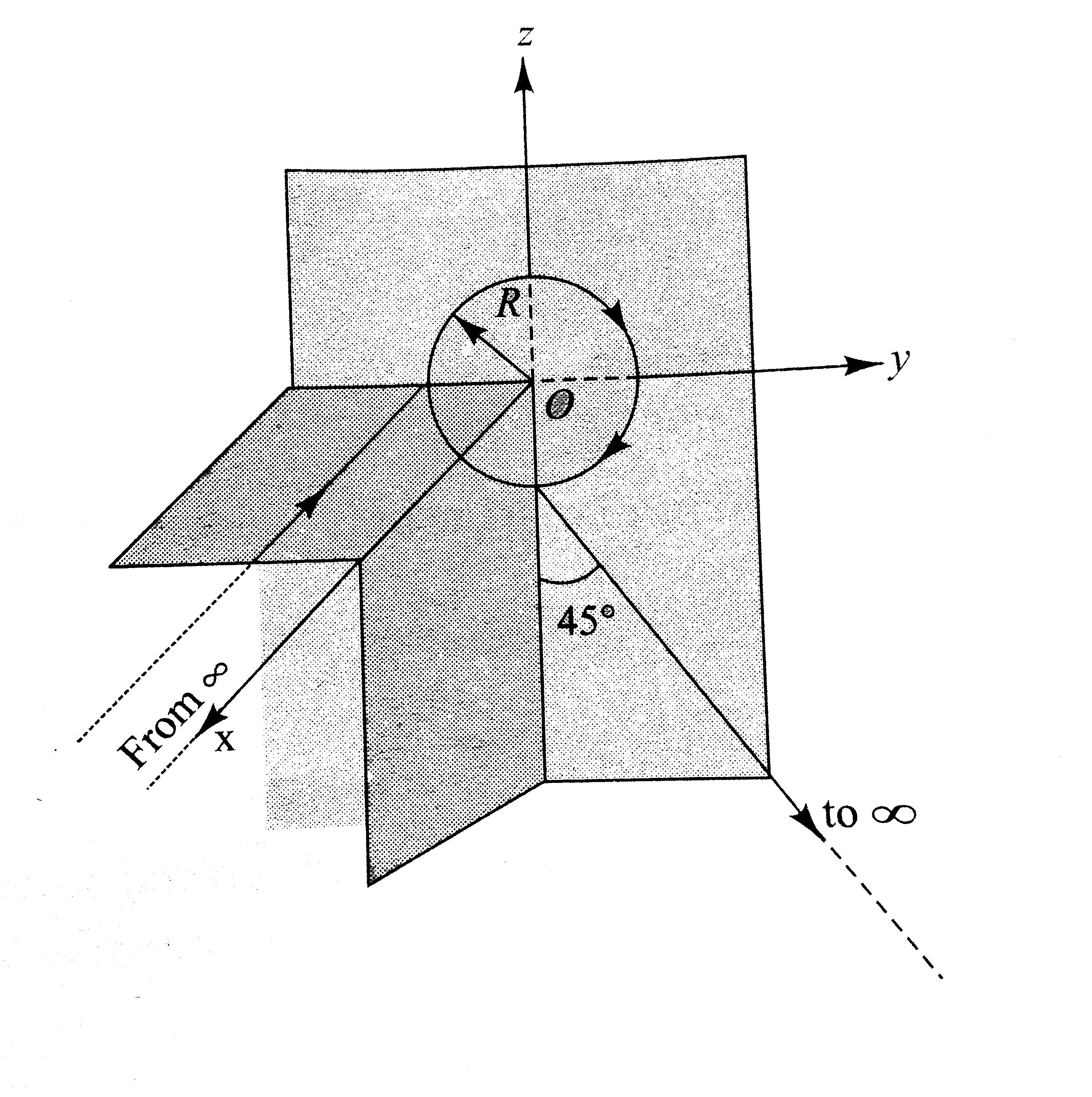
(The radius of the curved part of the wire is equal to R and linear parts of the wire are very long.)
View SolutionCalculate magnetic induction at point O if the wire carrying
a current I has the shape shown in Fig.

(The radius of the curved part of the wire is equal to R and linear parts of the wire are very long.)
View SolutionA wire of infinite length bent as shown in figure carries current l. What is the magnetic field at the point P ?
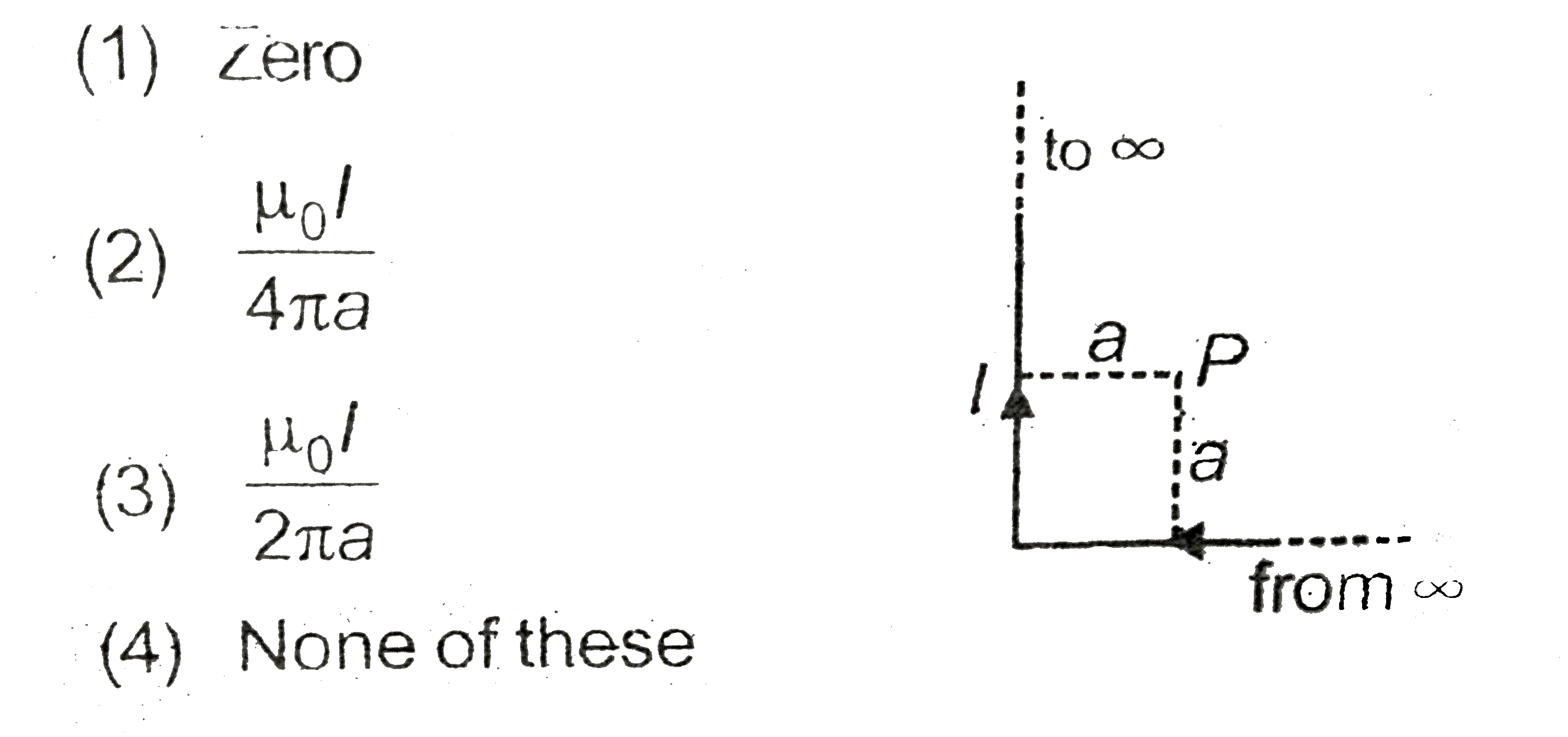
View Solution
